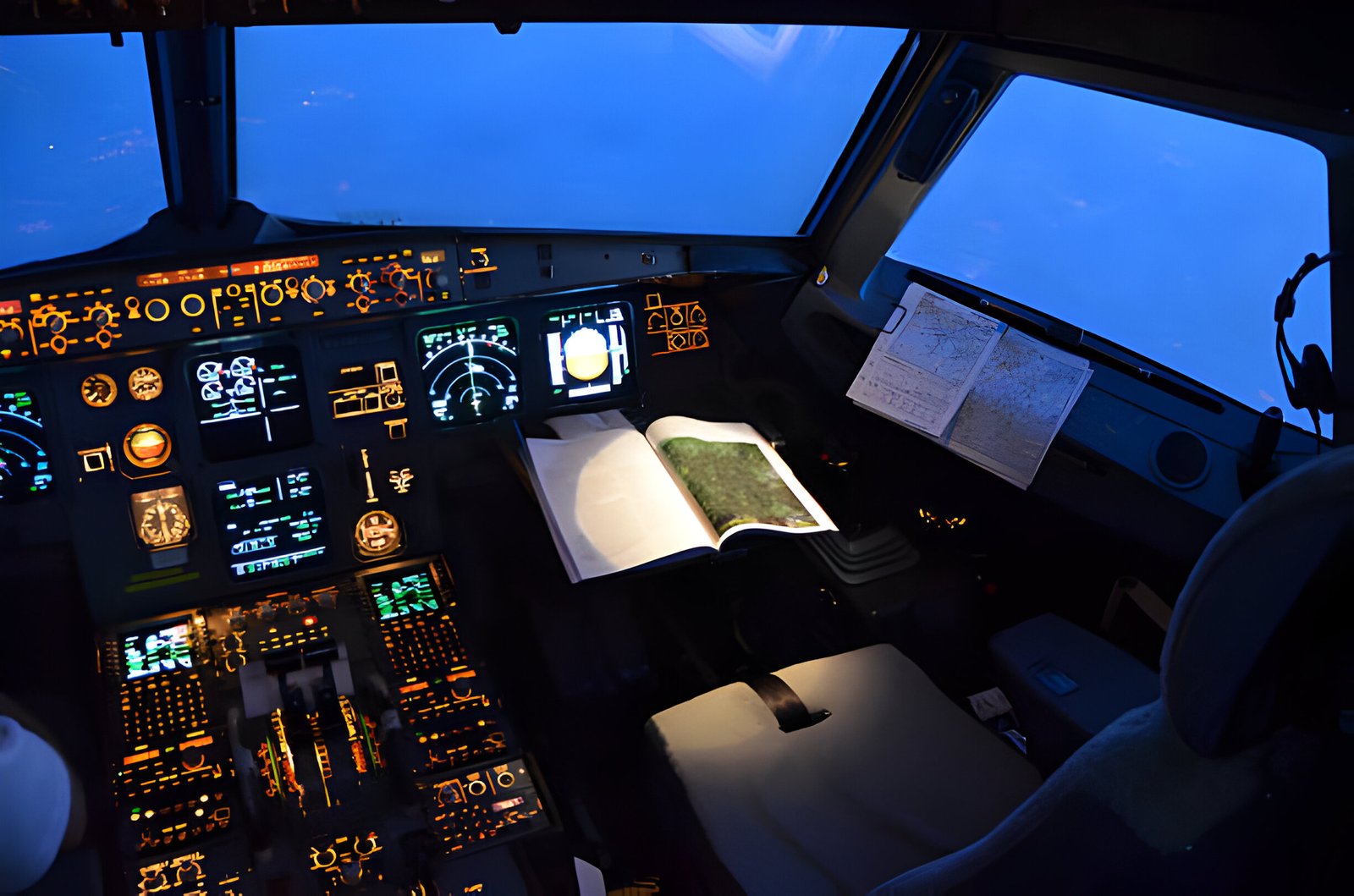May 31, 2024
Airbus, a dominant company in aviation, recently paired an electric truck with an airliner cockpit to explore more secure taxiing techniques. This inventive study intends to better the protection and effectiveness of aircraft taxiing activities by cutting down on pilots’ design and layout mistakes in the cockpit.
“By replicating those similar to real-world conditions, AIRBUS aims to gather useful data for pilots’ taxi-time interaction with the cockpit and possible safety improvement.”
The project is known as Optimate and is a three-year research initiative. This project combines advanced automation, computer vision, data fusion, and machine learning to improve aircraft navigation systems and the safety of flights.
The team loaded the electric truck with LIDAR light sensors and external cameras. It may either be operated manually or by the aircraft system. Onboard computers in the vehicle guide it to a particular place as sensors monitor warning lines and obstacles— in the process, applying brakes or accelerating where necessary.
Airbus focuses on sustainability and lowering carbon emissions in aviation. In using electric vehicles to carry out ground operations, the company is improving the environmental friendliness of air travel and proving its commitment to environmental responsibility.
Test runs of the Optimate project will be conducted at real airfields, which could be a prelude to further experiments with an A350-1000. The project has the potential to lead to alterations in aircraft design, yet obtaining approvals for innovative systems remains a formidable undertaking if successful.
Airbus UpNext, the company’s innovation lab, together with the Israeli electric vehicle manufacturer Ree Automotive, is developing a hybrid research platform.
The team intends to create and test autonomous taxiing using improved, more precise location calculations. It will also evaluate how quantum sensing can help to enhance position availability & navigation system resilience.







